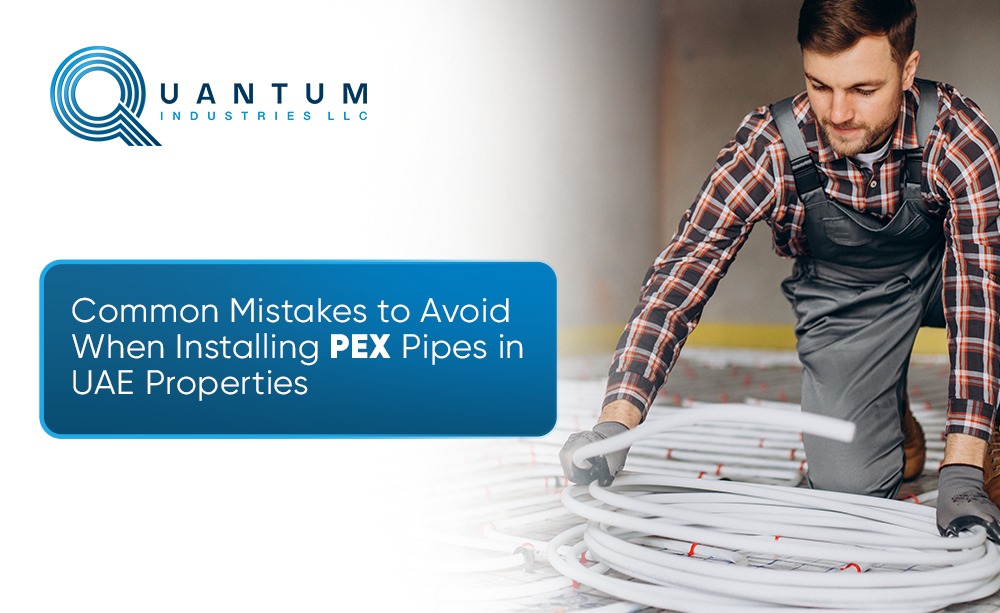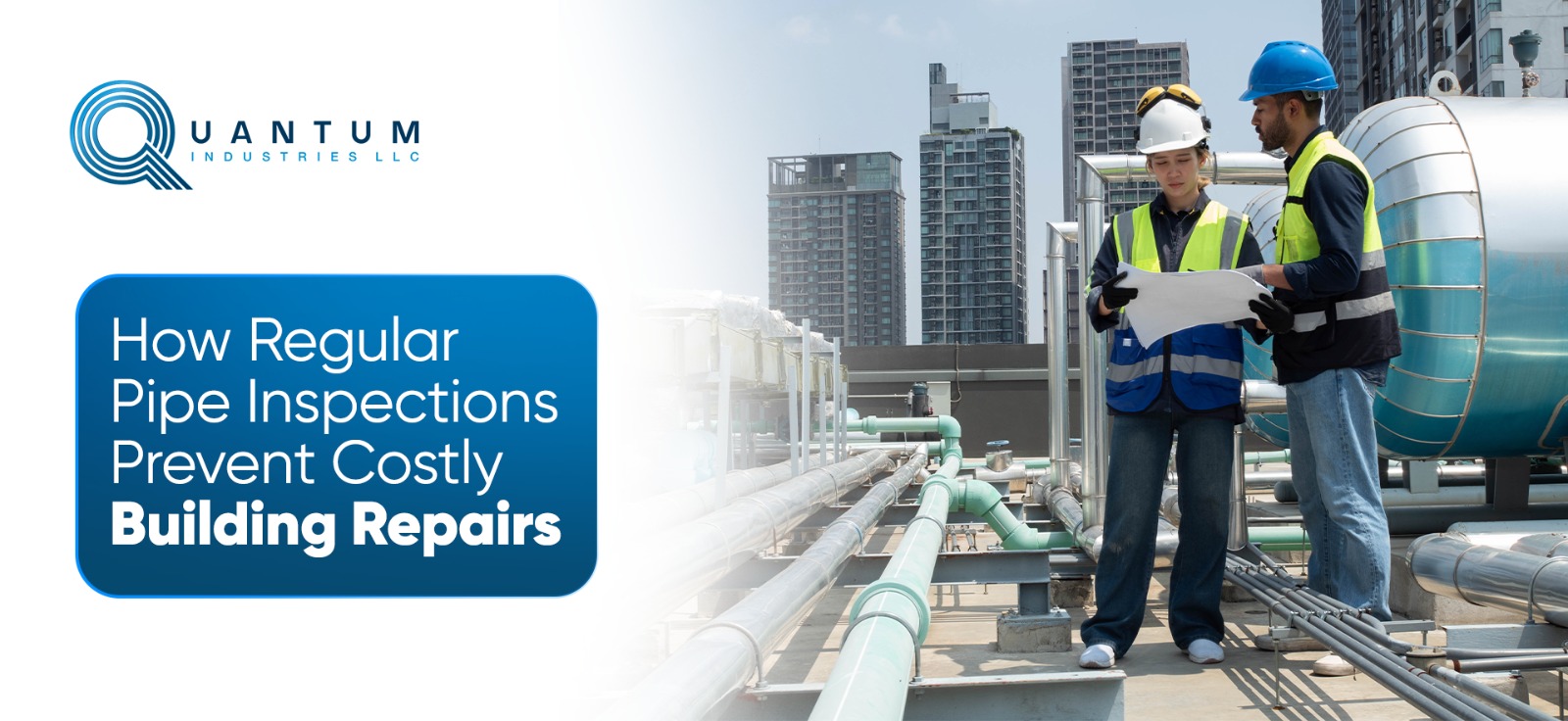



PPR welding is a skill that has gained significant importance in the fields of construction, plumbing, and even industrial work. Understanding the ins and outs of PPR (Polypropylene Random Copolymer) welding is key to achieving high-quality, durable results. But what makes PPR welding stand out, and how can you take your skills to the next level?
In the blog ‘Mastering PPR Welding: Essential Techniques, Best Machines, and Pro Tips’, we’ll break down everything you need to know about PPR welding, from the fundamental techniques to the best machines for the job, along with insights on choosing the right PPR fittings suppliers in UAE for top-quality results. By the end, you'll be well-equipped to handle your next PPR project with confidence.
Before looking into the techniques and tools, let's briefly understand what PPR welding is and why it's essential.
PPR welding involves the process of joining PPR pipes using heat, ensuring that the connection is both strong and leak-free. This is a widely used method in industries like plumbing, water supply, and even heating systems. The primary goal is to create smooth, airtight, and durable joints between pipes, ensuring their long-lasting performance.
When it comes to mastering PPR welding, getting the technique right is critical. Here are the key methods and steps to ensure a successful weld:
Butt welding is the most common and reliable method for joining PPR pipes. This involves heating both pipe ends with a welding machine until they soften, then pressing them together to form a solid bond. Here’s how to do it:
This method ensures high-quality, leak-proof connections, making it perfect for applications like plumbing and irrigation.
Electrofusion welding is another popular technique for joining PPR pipes. It involves inserting an electric fusion fitting around the pipe ends, which heats up and bonds the pipe sections together. Here’s what you need to do:
Electrofusion welding is often used when the pipes are difficult to align or in tight spaces, providing a reliable and quick solution.
Socket fusion welding is a great method for connecting smaller PPR pipes and fittings. It’s an easy and efficient process that involves heating both the pipe and the fitting and then joining them together. How you can do it?
Socket fusion welding is ideal for making small connections in water systems, as it offers fast and effective results.
Selecting the right welding machine is crucial to achieving high-quality, long-lasting joints. There are a variety of machines available, each suited to specific welding methods and pipe sizes. Let’s explore the best machines for PPR welding.
Butt welding machines are designed for larger-scale projects where you need to join larger-diameter pipes. These machines typically come with adjustable heating plates, ensuring consistent temperature control. When choosing a butt welding machine from a pipe supplier in UAE, consider the following factors:
For electrofusion welding, you’ll need a machine that can deliver the correct amount of electrical current to heat the fusion fittings. Electrofusion machines are available in various sizes, and some models offer features like temperature control and programmable settings.
When selecting an electrofusion machine, look for:
Socket fusion machines are the go-to for smaller projects. They are compact, easy to use, and perfect for quick repairs or small installations. These machines come with a variety of attachments for different pipe sizes and are available at top PPR Pipe Manufacturers Suppliers in UAE.
Key factors to consider when choosing a socket fusion machine:
Mastering PPR welding requires both practice and technique. Here are some pro tips to help you achieve seamless, high-quality welds:
One of the most critical aspects of PPR welding is maintaining consistent temperatures. Whether you’re using a butt welding machine, electrofusion fitting, or socket fusion tool, always ensure the correct temperature is maintained for optimal results. Too high or too low temperatures can result in weak joints or leaks.
Not all PPR pipes are created equal. The quality of the materials you use plays a significant role in the success of your welds. Always opt for high-quality PPR pipes and fittings, as cheaper alternatives may not weld properly and could lead to failures down the line.
Before starting the welding process, preheating the pipe can help ensure a smooth, clean joint. Preheating is especially important for larger-diameter pipes, as it helps achieve a uniform weld across the entire surface.
Properly cleaning the pipe ends is essential for achieving a good bond. Any dirt, oil, or moisture on the pipe ends can prevent the welding process from working effectively. Use a cloth or brush to clean the pipe ends before beginning.
Like any skill, PPR welding takes practice. Start with smaller projects or test pieces before working on larger installations. This will help you build confidence and improve your technique.

